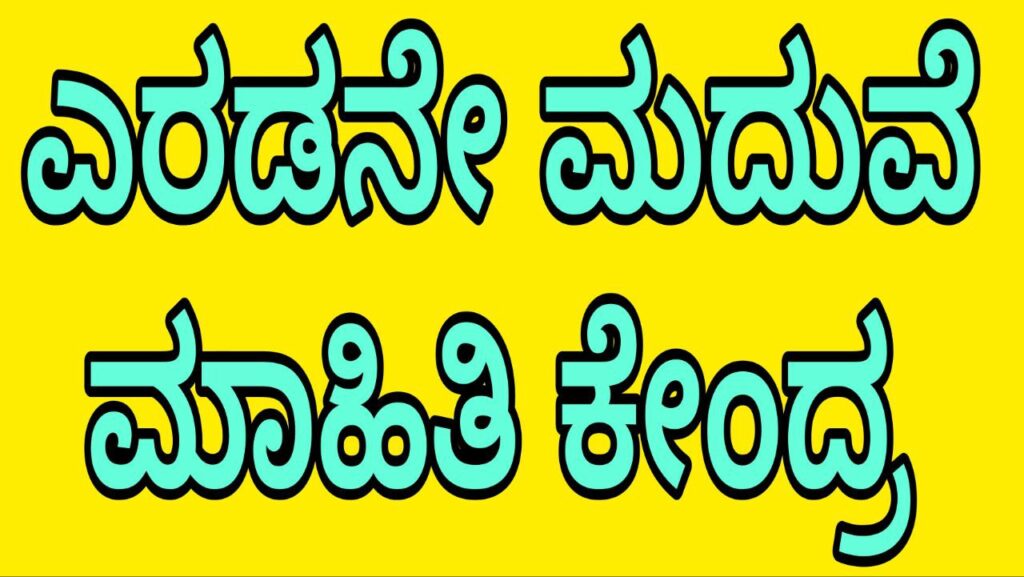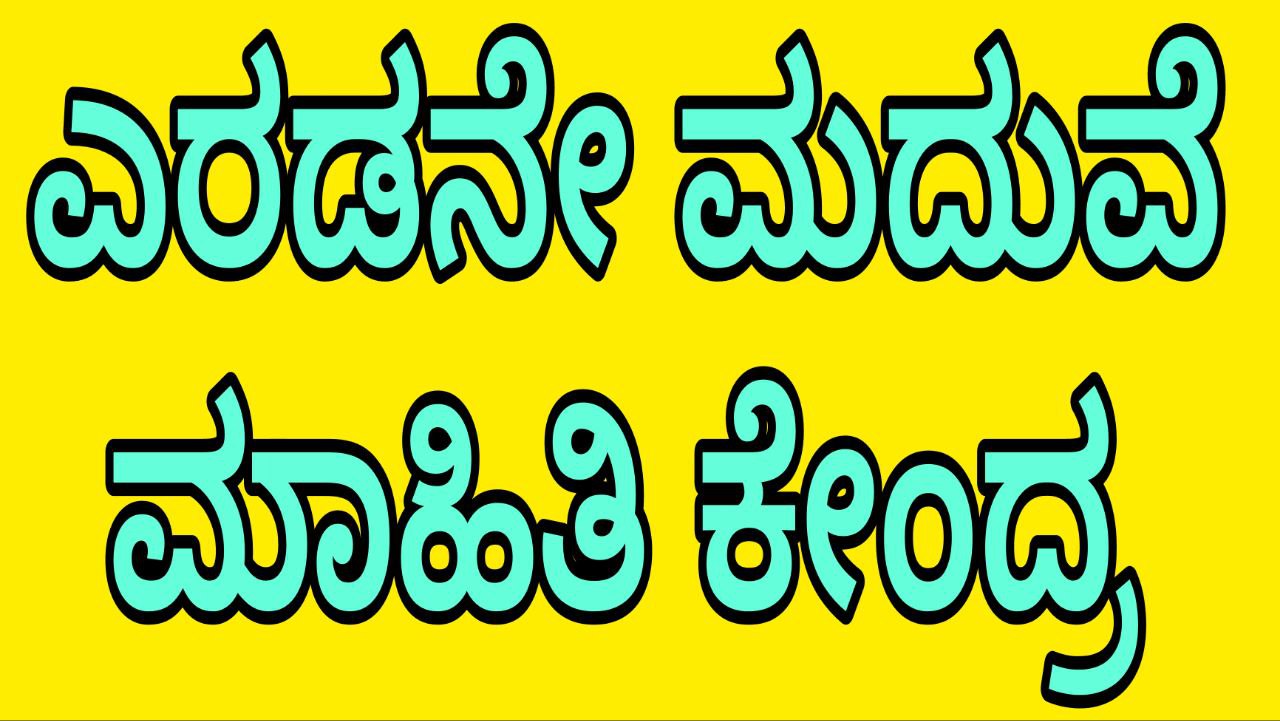Marriage is one of the most significant milestones in human life, often shaping our personal, social, and cultural identities. Whether it’s finding a soulmate through a deep emotional connection, or pairing through more practical, systematic means, the idea of marriage matching is complex and varied across cultures. The concept of matching partners for marriage has evolved over centuries, blending traditional practices with modern innovations in the search for compatibility.

In this article, we will explore the concept of marriage matching from different angles, including its historical roots, the science behind compatibility, and the role of technology in contemporary matchmaking.
Historical and Cultural Perspectives on Marriage Matching
Throughout history, the process of selecting a marriage partner has been heavily influenced by social, economic, and cultural factors. In many traditional societies, marriages were arranged by families based on considerations like social status, wealth, and lineage. In such cases, love and personal preference took a backseat to social obligation, ensuring that alliances between families were strong and beneficial for both parties.
For instance, in ancient societies such as those of China, India, and the Middle East, marriage was seen more as a family or community event rather than an individual choice. Dowries, parental consent, and the alignment of social or religious beliefs often played a central role in these arranged unions. In contrast, Western societies, particularly after the Enlightenment period, began to place more value on romantic love as the foundation of marriage. However, even in modern times, marriage matching continues to be influenced by external factors, including family expectations, financial stability, and personal values.
The Science of Compatibility
In recent years, the study of human psychology and relationships has contributed significantly to our understanding of marriage compatibility. Marriage matching based on scientific principles looks at a variety of factors that predict relationship satisfaction and longevity. Some of the primary considerations include:
1. Personality Compatibility
One of the most commonly studied factors in marriage compatibility is personality. Research shows that couples with similar personality traits—such as extroversion, agreeableness, and emotional stability—are more likely to have successful, long-lasting relationships. Tools like the Myers-Briggs Type Indicator (MBTI) and the Big Five personality traits (OCEAN model) are frequently used to assess personality compatibility.
2. Shared Values and Goals
Couples who share similar core values—whether related to family, religion, or career—tend to experience higher levels of marital satisfaction. Marriage matching that emphasizes these shared values can help build a solid foundation for long-term commitment. The alignment of life goals is also crucial; couples who have similar ideas about things like children, career aspirations, and financial management are more likely to stay happy together.
3. Communication and Conflict Resolution
How partners communicate and resolve conflicts plays a vital role in the success of their marriage. Studies show that couples with effective communication skills are better able to navigate challenges and maintain emotional intimacy. Marriage matching systems often take communication styles and problem-solving strategies into account, predicting how well couples will handle disagreement and stress.
4. Physical Attraction and Chemistry
While personality and values are essential, physical attraction and chemistry can’t be overlooked. Though these factors are more subjective, they significantly impact romantic relationships. Strong physical and emotional chemistry can provide a sense of closeness and passion, helping couples sustain their bond over time.
Technological Innovations in Marriage Matching
In recent years, technology has revolutionized the way people approach marriage matching. Dating apps and matchmaking services have made it easier than ever for individuals to connect with potential partners who share their interests, values, and goals. These platforms often use complex algorithms to analyze users’ preferences, behaviors, and demographic data to suggest potential matches.
1. Online Dating Platforms
Online dating platforms like Tinder, Bumble, Match.com, and eHarmony have become a go-to resource for those seeking a serious relationship. These platforms collect data from users about their preferences, interests, and lifestyle, then match them with potential partners who have compatible traits. Some platforms also use questionnaires and psychological tests to better understand a user’s personality, helping to facilitate more meaningful connections.
2. Astrological and Numerological Matching
In certain cultures, astrological and numerological systems are still widely used to determine marriage compatibility. These methods involve analyzing the zodiac signs, birth charts, and numerical patterns of individuals to predict their potential for a harmonious relationship. While these systems are based more on tradition and belief than empirical evidence, they continue to play a significant role in marriage matching in regions like India and parts of Southeast Asia.
3. Artificial Intelligence and Data Analytics
With the rise of artificial intelligence (AI) and machine learning, some modern matchmaking services are now leveraging AI to create more sophisticated matching algorithms. By analyzing vast amounts of user data, including preferences, past relationship patterns, and even social media behavior, these platforms can predict the most promising matches. Over time, the algorithms learn from user feedback, improving their matchmaking predictions.
THE LIST OF 2ND MARRAGE AUNTYS WITH BESIC INFO CLICK CALL TO GET COMPLITE DETAILS
| Name | Age | Place | Favorite Food | Job |
|---|---|---|---|---|
| ನಮಿತಾ ಶೆಟ್ಟರ್ (Namita Shettar) | 42 | Hubli | Bisi Bele Bath | School Teacher CALL |
| ಅಶೋಕೆತ್ತಿ (Ashokatti) | 46 | Bangalore | Dosa | Homemaker CALL |
| ಸುಜಾತಾ ಗೌಡ (Sujatha Gowda) | 48 | Mangalore | Fish Curry | Bank Officer CALL |
| ಅಭಿಮಾನಿ ರಾವ್ (Abhimani Rao) | 52 | Mysore | Ragi Mudde | Government Employee CALL |
| ಪ್ರತೀಕಾ ನಾಯಕ್ (Preetika Nayak) | 38 | Udupi | Sambar Rice | Doctor CALL |
| ವಿಮಲಾ ಆನಂದ್ (Vimala Anand) | 49 | Tumkur | Puliyogare | Lecturer CALL |
| ಭಾವನಾ ಗೌಡ (Bhavana Gowda) | 45 | Davangere | Rava Idli | Software Engineer CALL |
| ರಂಜಿತಾ ಹೆಗ್ಡೆ (Ranjitha Hegde) | 54 | Mangalore | Prawns Fry | Businesswoman CALL |
| ಅನಿತಾ ರಾವ್ (Anita Rao) | 41 | Bangalore | Kotte Kadubu | School Principal CALL |
| ವಿಭಾ ಮಾದೇಶ್ (Vibha Madhesh) | 60 | Channarayapatna | Curd Rice | Retired Teacher CALL |
| ನೀಲಮಣಿಯ ತಮಿಳಿ (Neelamaniya Tamili) | 50 | Hassan | Akki Rotti | Homemaker CALL |
| ಮುಗ್ಧಾ ಪಟೇಲ್ (Mugdha Patel) | 46 | Bellary | Mangalore Buns | Nurse CALL |
| ಗೀತಾ ಶರ್ಮಾ (Geetha Sharma) | 50 | Bangalore | Koshambari | Administrative Officer CALL |
| ಅಂಜಲಿ ಕುಮಾರಿ (Anjali Kumari) | 55 | Mysore | Vangi Bath | Seamstress CALL |
| ಲತಾ ಯಾದವ (Latha Yadav) | 43 | Bijapur | Puran Poli | Teacher CALL |
| ಪೂರ್ಣಿಮಾ ನಾಯಕ್ (Poornima Nayak) | 60 | Udupi | Samosa | Retired Banker CALL |
| ಭವನಾ ದೇವು (Bhavana Devi) | 47 | Tumkur | Mysore Pak | Entrepreneur CALL |
| ನಂದಿನಿ ದೇವು (Nandini Devi) | 40 | Hampi | Dhokla | Architect CALL |
| ಸುಧಾ ಕುಮಾರ (Sudha Kumar) | 50 | Bangalore | Pesarattu | Researcher CALL |
| ನಾರಾಯಣಮ್ಮ ಗೋಪಾಲ (Narayanamma Gopal) | 57 | Channarayapatna | Chapathi and Vegetable Curry | Homemaker CALL |
| ಹರ್ಷಿತಾ ಕಲ್ಲೋಟ್ (Harshita Kalloth) | 39 | Kolar | Rava Kesari | Marketing Manager CALL |
| ಸುಚಿತಾ ಸಿ (Suchitha C) | 44 | Karwar | Chutney and Idli | Lecturer CALL |
| ಕವಿತಾ ಕುಮಾರಿ (Kavitha Kumari) | 56 | Hubli | Masala Dosa | Teacher CALL |
| ಜ್ಯೋತಿ ಹೆಗ್ಡೆ (Jyothi Hegde) | 47 | Mangalore | Butter Milk Rice | Nurse CALL |
| ನಿವೇದಿತಾ ಭಟ್ (Niveditha Bhatt) | 49 | Mandya | Coconut Chutney | Accountant CALL |
| ಅಂಗೋಡಿ ನಾಗರತ್ನ (Angodi Nagarathna) | 42 | Belgaum | Kharabhath | Civil Engineer CALL |
| ಸೋನು ಬನೂರು (Sonu Banuru) | 55 | Chitradurga | Pulao | Farmer CALL |
| ಮೇಘನಾ ಭਾਸ್ಕರ್ (Meghana Bhaskar) | 38 | Bangalore | Masala Puri | Software Developer CALL |
| ಅಂಜಲಿ ಎಂ (Anjali M) | 50 | Dharwad | Vada Pav | Accountant CALL |
| ಅಲ್ಲಿಸು ಶ್ರೀಮತಿ (Allisu Shreemati) | 53 | Mangalore | Koli Saaru | Homemaker CALL |
| ದೀಪಿಕಾ ನಾಗ್ (Deepika Nag) | 41 | Madikeri | Chicken Sukka | Teacher CALL |
| ನಮ್ರತಾ ದೇವಿ (Namrata Devi) | 45 | Tumkur | Curd Rice with Mango Pickle | Doctor CALL |
| ವಿಶಾಲಿ ವಡಲ (Vishali Vadala) | 48 | Hubli | Puri and Subzi | Librarian CALL |
| ಪೂಜಾ ಎಡ (Pooja Ed) | 52 | Bellary | Gobi Manchurian | Businesswoman CALL |
| ಹರ್ಷಿಕಾ ಐಕೋನ (Harshika Aikon) | 49 | Mysore | Pongal | IT Consultant CALL |
| ಸುಧಾ ಶಿವಕುಮಾರ (Sudha Shivkumar) | 54 | Bangalore | Curd Rice | Teacher CALL |
| ಪ್ರಭಾ ಬೆಳಗಾವಿ (Prabha Belagavi) | 47 | Belgaum | Kadubu | HR Manager CALL |
| ದಾವಣಗೆರೆ ಶರ್ಮ (Davangere Sharma) | 42 | Davangere | Neer Dosa | Financial Analyst CALL |
| ಸುಜಾತಾ ಹೆಗ್ಡೆ (Sujatha Hegde) | 45 | Mangalore | Mutton Curry | Teacher CALL |
| ಮೇನಾಕ್ಷಿ ದೇವಿ (Meenakshi Devi) | 53 | Hampi | Vegetable Biryani | Retired School Teacher CALL |
| ಹರ್ಷಿತಾ ಜೋಶಿ (Harshita Joshi) | 50 | Bangalore | Pongal | Graphic Designer CALL |
| ಭಾವನಾ ಪ್ರಕಾಶ್ (Bhavana Prakash) | 44 | Mysore | Kadle Bele | Event Planner CALL |
| ನವೀನಾ ಕಾರ್ತಿಕ್ (Navina Karthik) | 38 | Hassan | Gojju | Architect CALL |
| ಅಮೃತಾ ರತ್ನ (Amrutha Ratna) | 57 | Tumkur | Khara Pongal | Homemaker CALL |
| ಹರ್ಷಿಕಾ ಬಟರ್ (Harshika Butter) | 45 | Channarayapatna | Sagu and Chapati | Physiotherapist CALL |
| ಪಲ್ಲವಿ ಹೆಗ್ಡೆ (Pallavi Hegde) | 38 | Hubli | Mangalore Buns | Software Engineer CALL |
| ಸುಜಾತಾ ಸಿ (Sujatha C) | 52 | Bijapur | Holige | Business Owner CALL |
| ನಳಿನಿ ಕುಮಾರ (Nalini Kumar) | 50 | Dharwad | Roti and Dal | Teacher CALL |
| ಅಂಜಲಿ ಬಾಲಸುಬ್ರಹ್ಮಣ್ಯ (Anjali Balasubrahmanya) | 45 | Udupi | Pineapple Rasam | Social Worker CALL |
The Future of Marriage Matching
As society continues to evolve, the concept of marriage matching will likely continue to transform. While traditional practices remain important in some cultures, the trend toward individual choice and scientific compatibility is growing globally. As technology advances, we may see even more personalized matchmaking services that combine elements of personality psychology, artificial intelligence, and even genetic compatibility to optimize relationship outcomes.
However, no system—be it traditional or modern—can guarantee a perfect match. Ultimately, the success of a marriage comes down to the willingness of both partners to invest in the relationship, communicate effectively, and work together to overcome challenges.
Conclusion
Marriage matching, whether guided by tradition, science, or technology, has always been about finding someone with whom you can build a lasting, fulfilling relationship. While cultural influences and personal preferences shape how individuals approach the process, the underlying desire remains the same: the search for a partner with whom one can share life’s journey. As we continue to embrace both the old and new ways of finding love, we are reminded that the most important element of marriage is the commitment to each other and the willingness to grow together.
